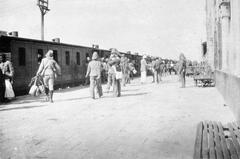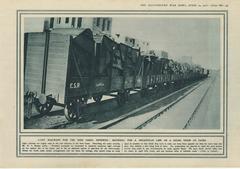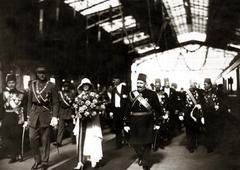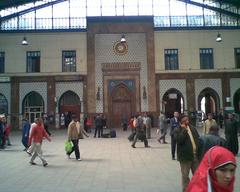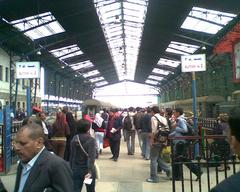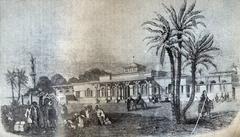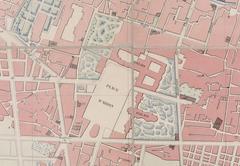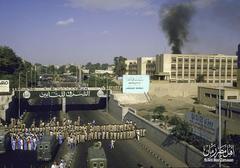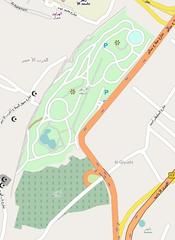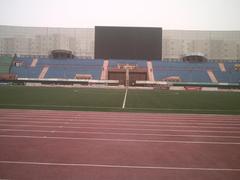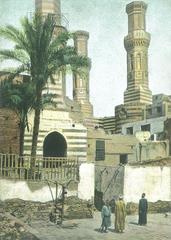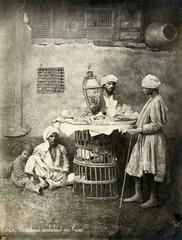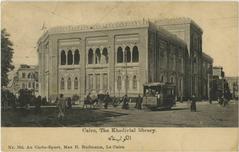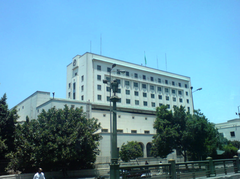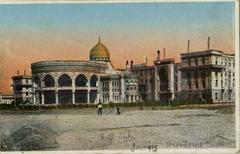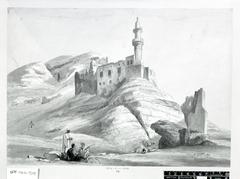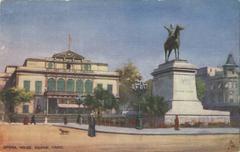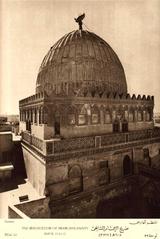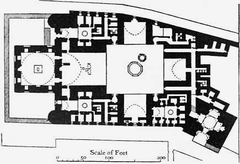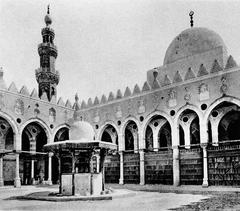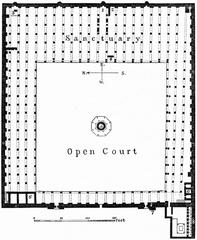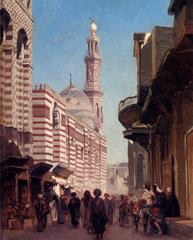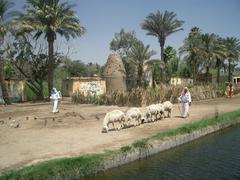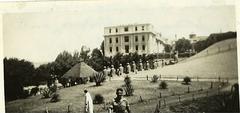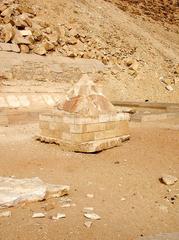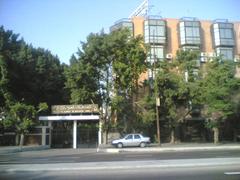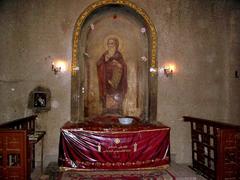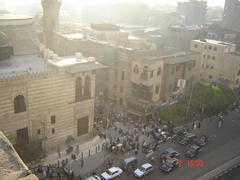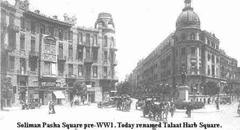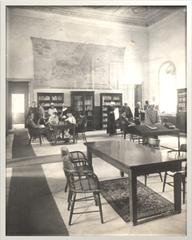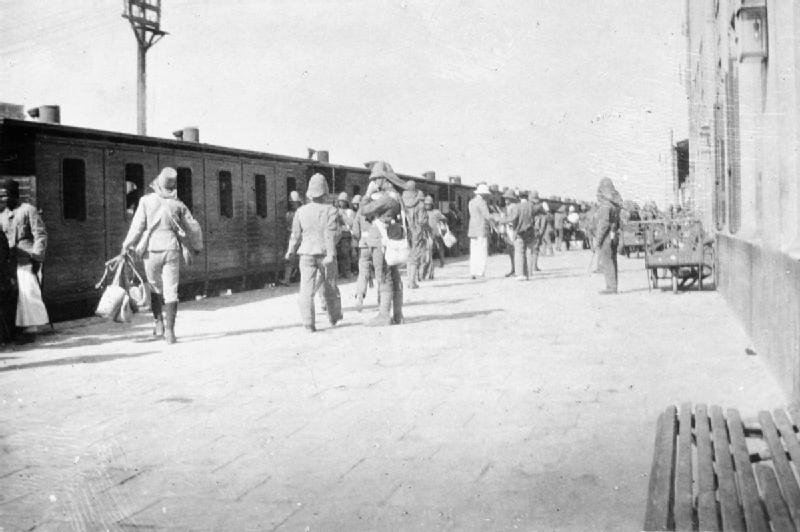
Ramses Station Cairo: Visiting Hours, Tickets, and In-Depth Travel Guide
Date: 14/06/2025
Introduction
Ramses Station—Cairo’s bustling principal railway hub—stands as both a historical monument and a vital artery in Egypt’s transport network. Opened in the mid-19th century, it not only connects Cairo with cities throughout Egypt but also serves as a vivid symbol of Egypt’s modernization and national pride. Blending Islamic and European architectural influences, the station is central to the city’s daily life, offering modern amenities, fascinating heritage, and a gateway to the Egyptian Railways Museum. This detailed guide provides all the essential information for visitors: from station history and cultural significance to practical details on visiting hours, ticketing, accessibility, nearby attractions, and travel tips—ensuring an informed and enriching experience for every traveler (Egyptian Geographic; Wibke’s Travels; etbtoursegypt.com; Seat61).
Contents
- Introduction
- History and Architectural Significance
- Ramses Station Today: Facilities & Services
- Visiting Hours, Tickets, and Accessibility
- Transport Connections and Getting There
- Nearby Attractions and Cultural Highlights
- Practical Tips for Travelers
- Frequently Asked Questions (FAQ)
- Visuals and Interactive Resources
- Summary and Visitor Recommendations
- Sources and Further Reading
History and Architectural Significance
Origins and Early Development:
Ramses Station’s origins trace to the advent of rail in Egypt, with the first line connecting Alexandria to Kafer Eassa in 1854 and reaching Cairo by 1856 (Egyptian Geographic). Under Abbas Pasha, the station marked Egypt’s entry into the era of steam locomotives, establishing Cairo as a critical rail node. British engineer Robert Stephenson, son of George Stephenson, played a pivotal role in its conception, facilitating the movement of people and goods between the Mediterranean and the Nile Valley.
Architectural Evolution:
The station’s design fuses neo-Islamic motifs and European influences. Its iconic façade features turrets, arched windows, blue mosaic tiles, and ornate columns (Wibke’s Travels). The naming after Pharaoh Ramses II connects modern Egypt to its ancient grandeur and national identity. Over decades, expansions—including the Imbaba Bridge (1891) and introduction of sleeper trains (1902)—mirrored Egypt’s growing ambitions.
Symbolism:
Ramses Station is more than a transport hub; it is a living embodiment of Cairo’s evolving identity—bridging ancient heritage, colonial-era modernization, and contemporary urban life (etbtoursegypt.com). Its architectural details and commemorative plaques honor Egyptian railway pioneers.
Ramses Station Today: Facilities & Services
Station Layout and Entrances:
Located at Midan Ramses, the station is accessible via several side entrances (main doorway is usually locked), with mandatory security screening for all passengers (Seat61).
Platforms:
- Terminus Platforms (1–7): Platforms 1–4 are under the main trainshed; 5–7 are uncovered.
- Through Platforms: Serve trains traveling beyond Cairo.
- Automatic Ticket Gates: Installed since 2022 for crowd control and security.
Ticketing:
- Domestic Ticket Office: Main hall.
- Foreigners’ Reservation Office: Upstairs; since December 2022, foreigners pay higher fares in foreign currency or by card.
- Sleeper Train Office (Abela): Near main entrance.
Amenities:
- Air-conditioned waiting halls with comfortable seating.
- Food court (mezzanine floor) with local and international options.
- Luggage storage for travelers in transit.
- ATMs, pharmacy, post office, tourist information, and clean restrooms (small fee).
Accessibility:
Ramses Station has ramps, elevators, and signage for travelers with disabilities. Crowds can pose a challenge; assistance is available on request.
Security:
Metal detectors, X-ray scanners, CCTV, and uniformed personnel ensure a high level of safety.
Visiting Hours, Tickets, and Accessibility
Station Hours:
- Train Services: 24/7 operation for arrivals and departures.
- Ticket Offices: Generally open 6:00 AM to 10:00 PM.
- Egyptian Railways Museum: Open 9:00 AM–5:00 PM, Saturday to Thursday (check ahead for updates).
Ticket Purchase:
- At station counters (domestic and foreigner offices).
- Online via Egyptian National Railways website.
- Foreigners pay approximately 350% of local fares, in USD, euros, or by card (Seat61).
Accessibility:
- Ramps, elevators, and accessible restrooms.
- Bilingual (Arabic, English) signage.
- Staff assistance available.
Transport Connections and Getting There
Metro:
Direct access to Cairo Metro Lines 1 and 2 via Al-Shohadaa (Martyrs) Metro Station. Line 3 is accessible nearby, with future extensions planned (Egypt Adventures Travel).
Taxis and Ride-Hailing:
White taxis, Uber, Careem, and Didi all serve Ramses Station. Fares are metered or app-based.
Buses and Microbuses:
Numerous lines connect to city districts, though tourists may find metro/taxi more convenient.
Airport Transfers:
No direct rail link yet; taxis and ride-hailing apps are the best option. A dedicated airport rail link is under development (Egypt Today).
Nearby Attractions and Cultural Highlights
- Egyptian Railways Museum:
Located at the station’s eastern end, featuring historic locomotives, Empress Eugénie’s carriage, and over 700 artifacts from Egypt’s rail history (etbtoursegypt.com). - Egyptian Museum:
A short ride away, housing the world’s largest collection of Pharaonic antiquities. - Tahrir Square and Downtown Cairo:
Landmarks, shopping, and historic architecture. - Khan El-Khalili Bazaar:
Accessible by metro/taxi, famous for traditional markets. - Coptic Cairo and Giza Pyramids:
Reachable via metro and short taxi rides.
Practical Tips for Travelers
- Arrive Early:
Especially during holidays and peak hours. - Luggage:
Use left-luggage for layovers; porters available. - Ticketing:
Book long-distance or sleeper train tickets in advance. - Safety:
Be alert in crowds; keep valuables secure. - Language:
Some signage is in English, but basic Arabic phrases can be helpful. - Women’s Safety:
Women-only metro carriages are available; the station is generally safe but crowded.
Frequently Asked Questions (FAQ)
Q: What are Ramses Station’s visiting hours?
A: The station operates 24/7 for trains; ticket offices are open 6:00 AM–10:00 PM. The museum is open 9:00 AM–5:00 PM, Saturday–Thursday.
Q: How do I buy tickets?
A: Purchase at station counters (domestic & foreign offices) or online via ENR.
Q: Is Ramses Station accessible?
A: Yes—ramps, elevators, and accessible restrooms. Staff assistance is available.
Q: How do I get to Cairo International Airport?
A: By taxi or ride-hailing apps. A direct rail link is planned.
Q: Are guided tours available?
A: Occasionally, especially for the Railways Museum; check with local tourism agencies.
Visuals and Interactive Resources
- Images:
- Station façade (alt: “Historic façade of Ramses Station, Cairo”)
- Main hall and platforms (alt: “Interior of Ramses Station with ornate columns and marble floors”)
- Egyptian Railways Museum exhibits (alt: “Exhibits at the Egyptian Railways Museum in Ramses Station”)
- Virtual Tours:
- Some travel websites and local tourism agencies provide 360-degree virtual tours.
- Interactive Maps:
- Available on official Egyptian Railways and Cairo Metro websites.
Summary and Visitor Recommendations
Ramses Station is the beating heart of Egypt’s rail network and a living testament to Cairo’s layered history. Its striking architecture, cultural events, and the Egyptian Railways Museum make it an essential stop for visitors. Ongoing renovations and new infrastructure projects—including high-speed rail and airport links—are set to enhance its role as Egypt’s key transport hub. Whether you’re embarking on a journey along the Nile, exploring Cairo’s attractions, or curious about Egyptian history, Ramses Station offers a compelling window into the country’s past and present.
Visitor Tips:
- Allow extra time for navigation and security.
- Book tickets in advance for popular routes.
- Make time for the Egyptian Railways Museum.
- Download the Audiala app for updated travel tips, and explore related articles about Cairo’s historical sites and public transport.
